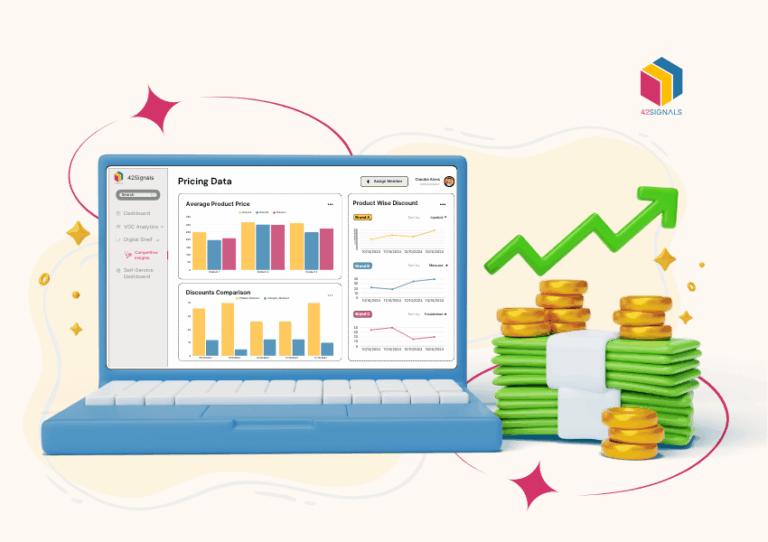Table of Contents
ToggleSentiment Analysis Tools: The Hidden Crisis in Your 5-Star Reviews
Imagine this: A customer tweets, “Just bought your ‘ultra-durable’ backpack—it ripped on day one. Thanks for the fantastic quality!” with a sarcastic thumbs-up emoji. Within hours, the post goes viral, racking up thousands of likes and angry comments. Meanwhile, your team is oblivious, busy celebrating a glowing 5-star review from another buyer. This is the reality of modern commerce—a single unchecked negative emotion can snowball into a brand crisis.
But what if you could catch that tweet before it trends? Or turn a frustrated customer into a loyal advocate by addressing their gripe in real-time? Enter sentiment analysis tools, the unsung heroes of customer experience.

By pairing voice of customer analytics with review mining, brands no longer have to play defense. Let’s unpack why real-time tracking isn’t just smart—it’s non-negotiable.
The Real-Time Advantage of Sentiment Analysis Tools
Gone are the days of waiting for quarterly survey results. Real-time customer feedback analysis lets you:
- Spot Crises Early: A sudden spike in negative reviews about “defective headphones” could signal a manufacturing flaw.
- Capitalize on Wins: Rave reviews about a new product feature. Push it in ads now, while the buzz is hot.
- Outmaneuver Competitors: Use competitive review analysis to identify gaps in rivals’ offerings (“Customers hate Brand X’s return policy? Highlight yours!”).
Hypothetical Case Study:
A skincare brand notices a 300% surge in complaints about “greasy formula” within 24 hours of a product launch. Using real-time sentiment analysis tools, they trace the issue to a misprinted label (the “matte finish” version shipped as “hydrating”). They halt shipments, issue a correction, and offer free replacements—turning a PR disaster into a loyalty win.
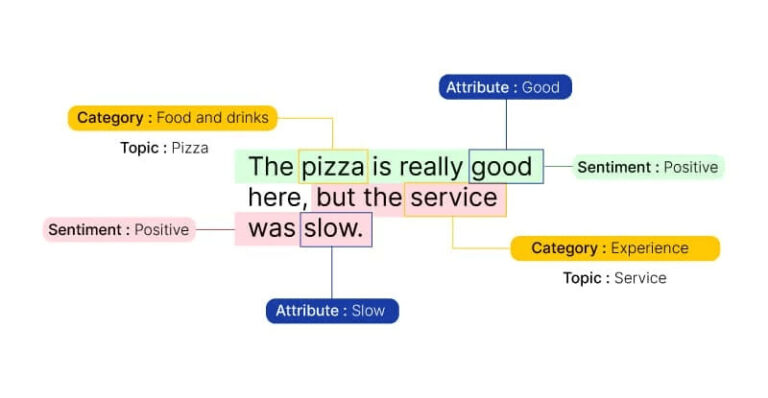
Image Source: The Good
Voice of Customer Analytics: The Brain Behind the Operation
Voice of customer analytics does more than tally complaints—it deciphers why customers feel what they feel. For example:

- Emotion Mapping: Is “slow shipping” causing rage or mild annoyance?
- Trend Spotting: Are eco-conscious buyers praising your packaging while others call it “excessive”?
- Root Cause Analysis: Is the complaint really about “poor customer service,” or is it a symptom of a flawed returns process?
Pro Tip: Pair this with review data insights tools like Medallia or Qualtrics. These platforms tag keywords (e.g., “broken,” “love,” “confusing”) and assign urgency scores, so your team knows what to tackle first.
Keyword Rank Tracker Meets Sentiment: The SEO Game-Changer
Here’s a secret: Keyword rank tracker tools aren’t just for SEO. When merged with sentiment analysis tools, they reveal how customer emotions impact search behavior.
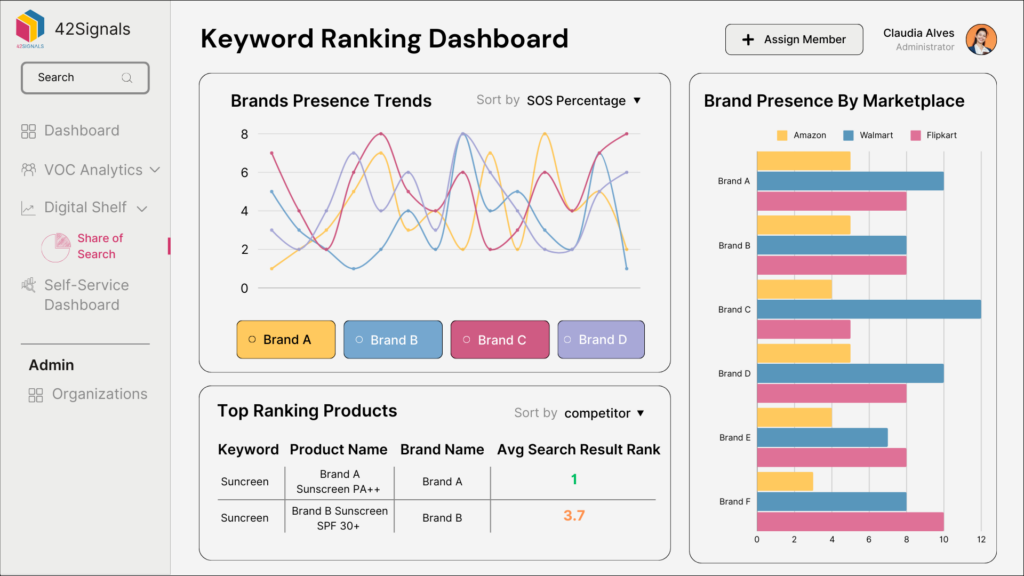
Example:
If customers consistently rant about “hard-to-assemble furniture” in reviews, those keywords might start ranking on Google—but for all the wrong reasons. By fixing the issue and optimizing content around “easy assembly tutorials,” you reclaim the narrative and boost SEO.
Data-Driven Insight:
A 2024 BrightLocal study found that 68% of shoppers check reviews before searching for a brand. Negative sentiment in reviews can tank your keyword rankings—and your traffic.
Review Mining: Digging for Gold (and Landmines)
Review mining isn’t just skimming stars—it’s about extracting actionable review data insights. Tools like ReviewTrackers or BirdEye automate this by:
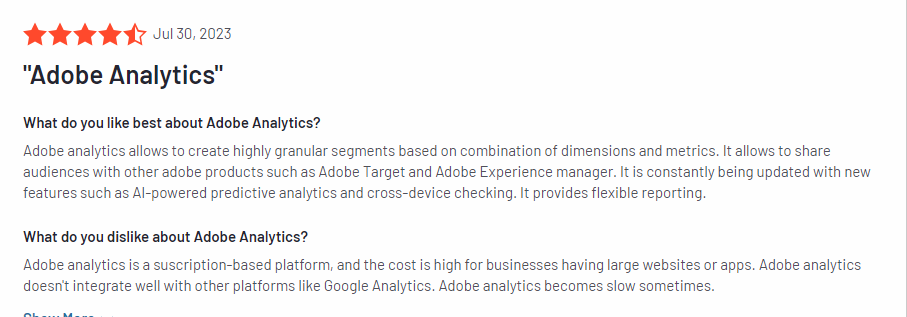
Image Source: Invesp
- Aggregating Data: Pull reviews from Amazon, Google, and niche forums into one dashboard.
- Highlighting Patterns: Is “late delivery” a recurring theme in winter months due to holiday delays?
- Benchmarking Performance: Compare your sentiment scores against industry averages.
Hypothetical Scenario:
A coffee brand uses review mining to discover that 40% of negative feedback mentions “bitter taste.” They tweak their roast blend, relaunch with “smoother flavor” messaging, and watch positive sentiment climb by 55%.
Competitive Review Analysis: Spy Games, But Legal
Why guess what shoppers want when you can peek at competitors’ weaknesses? Competitive review analysis lets you:
- Steal Market Share: If customers complain about Rival Brand’s “flimsy smartphone cases,” emphasize your “military-grade durability.”
- Avoid Pitfalls: Notice a wave of returns for Competitor X’s “sizes run small”? Double-check your own sizing charts.
- Innovate Smarter: Spot unmet needs in competitor reviews (“I wish these headphones had a mute button”).
Real-World Strategy:
A pet food brand noticed rivals were slammed for “ingredient transparency.” They launched a campaign highlighting their “100% traceable sourcing”—and stole 12% market share in 6 months.
Turning Data into Action: A 3-Step Playbook with Sentiment Analysis Tools
- Invest in Real-Time Tools: Platforms like 42Signals or Sprout Social offer live sentiment dashboards.
42Signals offers advanced sentiment analysis features that help brands understand positive and negative sentiment. Some of the features include –
- Pinpoint Improvements: Discover what customers love and what needs refinement to enhance product performance.
- Decode Customer Emotions: Gain a deep understanding of what your customers truly feel about your products.
- Identify Trends: Stay ahead of market shifts by tracking real-time changes in customer sentiment across platforms
- Drive Innovation: Use data-driven insights to guide product development and align with customer preferences.
A top Indian beauty brand dabbling in makeup and a newly launched skincare line utilized 42Signals to analyze vast amounts of customer feedback, leading to major product enhancements.
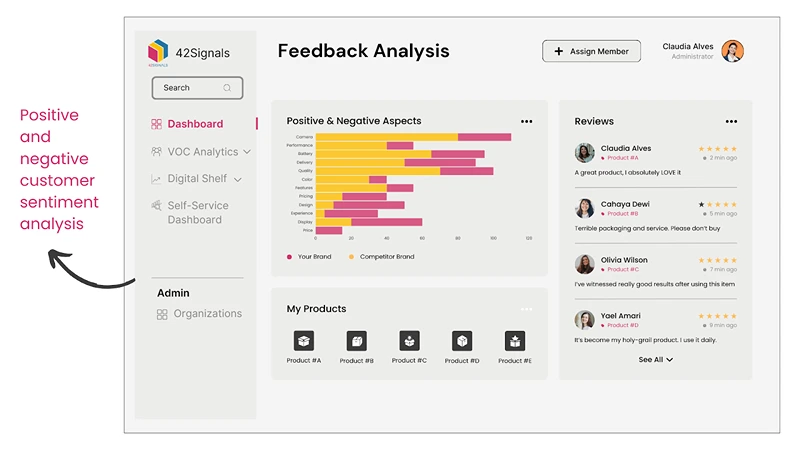
With our tool, they:
- Boosted Customer Satisfaction
Identified common concerns in their preliminary launch and implemented feedback, improving positive sentiment by 30%.
- Enhanced Product Development
Used negative sentiment to understand issues and prioritize improvements in ingredient and fragrance selections.
- Increased Market Share
Aligning their strategy with customer feedback led to a 20% increase in sales, outperforming competitors in certain categories.
- Train Teams to Act Fast: Empower customer service to resolve issues flagged by customer feedback analysis within hours, not days.
- Close the Loop: Follow up with detractors. A simple “We fixed the issue—here’s a discount” can convert haters into promoters.
Stop Guessing, Start Knowing with Sentiment Analysis Tools
In a world where customer moods shift faster than TikTok trends, real-time sentiment analysis tools are your crystal ball. They transform vague complaints into precise fixes, hidden praise into marketing gold, and competitor stumbles into your opportunities.
Final Thought:
Brands that ignore review data insights risk becoming the next cautionary tale. Those that act? They’re too busy counting their revenue—and their loyal fans.
42Signals helps several businesses with actionable consumer insights that help them streamline and improve their operations.
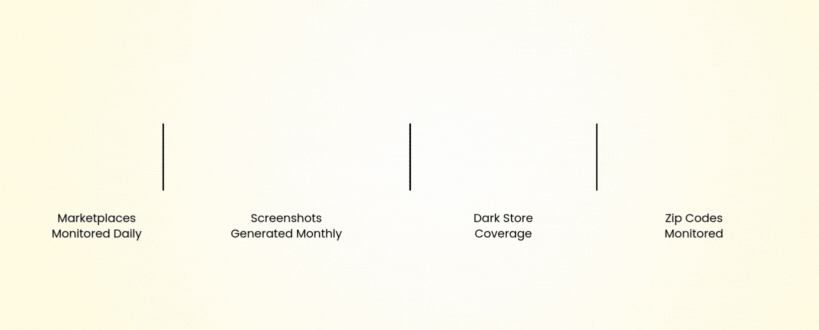
Sign up for a free trial and find out for yourself.


